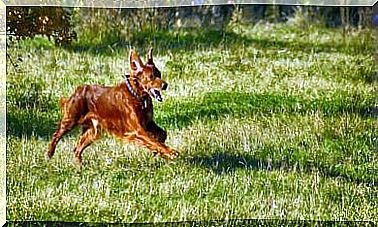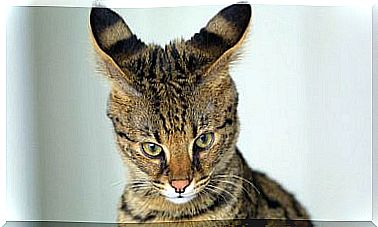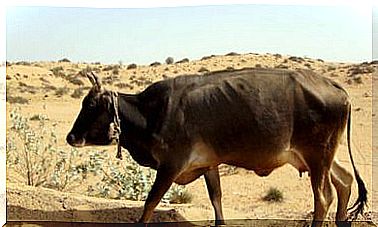5 Species Of Poisonous Frogs
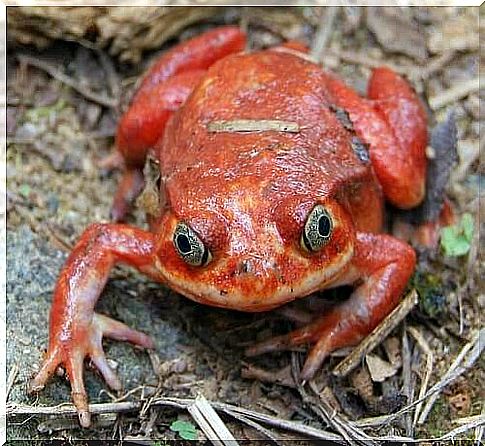
Amphibians have several glands in their skin and in some species these glands generate venom. Many frogs and salamanders are poisonous, which is a great way to protect yourself from predators. However, the ones that appear on this list are quite dangerous frog species:
What do poisonous frogs look like?
Many amphibians, not just frogs, have poisonous glands . In most species, however, this simply generates a bad taste that has the purpose of warding off predators and preventing them from seeing them as appetizing prey. There are, however, a series of poisonous frogs that are also very dangerous for humans.
Amphibians need a humid environment, with water and land to live. Many of these frogs inhabit the forests of South and Central America. In general, these are very small animals, measuring just a few centimeters.
Another feature is their colors: their skin is bright and showy, to alert predators. This defense system works so well that other poison-free frogs have also developed vividly colored skin to scare off predators.
1. Madagascar tomato frog
The Madagascar tomato frog – featured image of this article – is an endemic species of this large island. This means that we can only find it in this habitat. It is larger than the other frogs on this list, as females reach around 10 centimeters in length and weigh around 200 grams.
As its name indicates, it has a bright red color and some specimens may have black spots under the chin. They are not fatal to humans, but they can produce great itching, pain, or allergic reactions.
2. Harlequin frog
The harlequin frog actually consists of a family that includes nearly 100 different species of frogs, which stretch between Costa Rica and Bolivia. It is characterized by very bright colors and by the fact that it carries out almost all its activity during the day, unlike many other animals that are nocturnal.
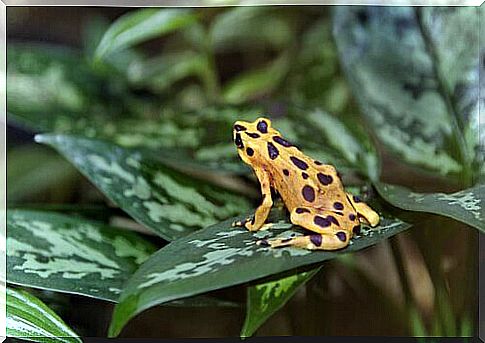
The conservation status of these poisonous frog species is not well known. Some are in danger of extinction, while others are believed to be already extinct. In addition, new species continue to be discovered from time to time.
3. Waxy monkey frog
The waxy monkey frog lives in trees in the Gran Chaco area, between Argentina, Bolivia and Paraguay. It rarely jumps and moves slowly through the branches.
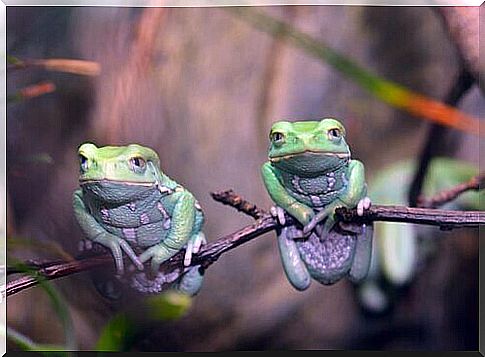
It is an example of an amphibian that, although it needs moisture in its habitat, has adapted so as not to have to go into the water too frequently. Its skin loses less moisture than other frogs, as it moves so slowly that it spends as much time as it can in trees.
4. Blue dart frog
This poisonous frog lives in Suriname and reaches as far as Brazil. Its dimensions are very small: between 40 and 50 millimeters. It is an aggressive and territorial species, both with the frogs of its species and with other animals.
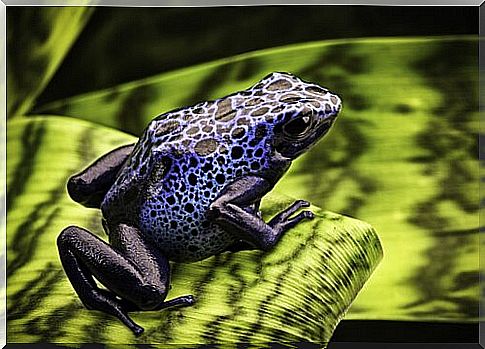
It is known by this name because it is one of those poisonous frog species that the natives of the jungle use to make the tips of their arrows lethal. These frogs are blue to purple in color and have black spots that are unique to each specimen.
5. Poisonous golden frog
The golden frog has to do with the blue dart frog, although it lives on the Colombian coast. Also in this case these are animals active during the day, which have dimensions ranging from 60 to 70 millimeters.
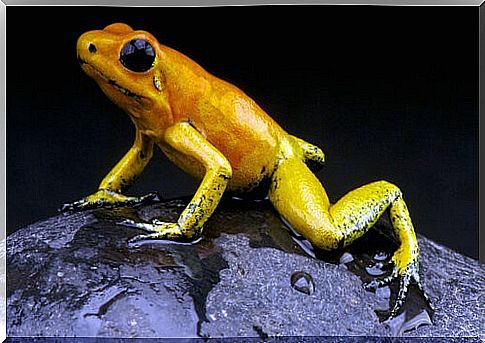
It has three color variations: yellow, mint green and orange. It is generalized by saying that it is golden. It is considered the most toxic animal in the world: with one gram of its poison, thousands of human beings could die. The poison also persists even after the frog has deposited it.
The natives use it to poison the tips of their arrows. It has been shown that this poison remains active almost two years after being deposited in the arrows. However, these frogs in captivity stop being toxic.
Almost all amphibians are poisonous. This is, in fact, their method of defense against predators, although many of them are not really dangerous. As for the poisonous frog species, we can say that they are small and vividly colored to be clearly visible. If you come across a frog that responds to these characteristics, the best thing to do is not to disturb it.


